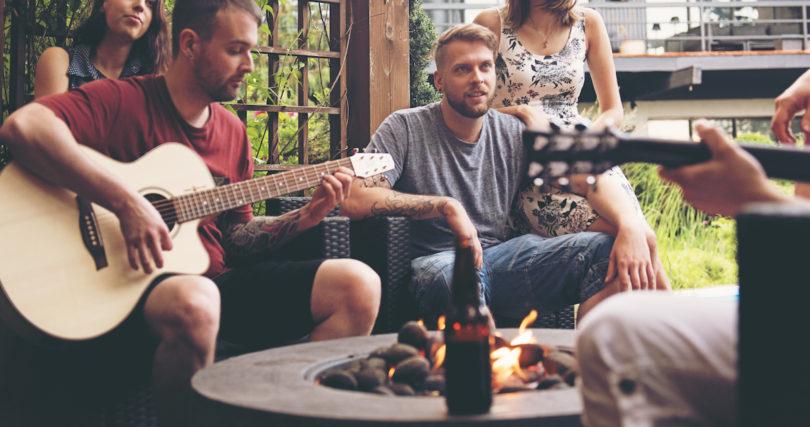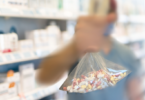With cooler weather approaching, you might be tempted to extend your evenings on the patio by a few more weeks with a tabletop fire pit.
While you may think of them as a safer, more convenient alternative to a traditional wood fire pit, staff members at Sunnybrook’s Ross Tilley Burn Centre have seen a significant number of incidents involving tabletop fire pits that have resulted in devastating injuries.
“We’ve seen way too many people injured while re-fuelling these fire pits. It’s a problem. People really need to take this seriously, and use caution and good judgement every single time,” says Dr. Marc Jeschke, medical director of Sunnybrook’s Ross Tilley Burn Centre.
Below, two of our experts weigh in on how you can safely enjoy a tabletop fire pit as summer winds down.
1. It’s no safer than a regular fire pit
“People make the mistake of considering it safer than a regular fire pit,” says Dr. Jeschke.
Just because the fire goes on a tabletop, has smaller flames and doesn’t need to be regularly stoked with wood, it doesn’t mean you should lower your guard when using a tabletop fire pit.
Remember to closely supervise kids and pets, too. Since the fire is up off the ground, it’s at roughly their height, making it easy for an errant hand or tail to get caught in the flames.
2. Explosions can happen when re-fuelling
Many tabletop fire pits use highly flammable fuels, like butane and ethanol, so be sure to read the operating instructions on how to re-fuel properly.
“Explosions can happen when you try to re-light the fire, because there can still be fumes or low flames that can ignite during the refuelling process,” says Anne Hayward, a social worker at Sunnybrook’s Ross Tilley Burn Centre.
That can cause the re-fuelling container to ignite almost instantaneously, causing it to explode. The person holding the container may also react by throwing it, inadvertently spraying other people at the firepit with burning fuel.
Don’t re-fuel the fire while smoking cigarettes or marijuana either, because that can also cause the fuel to combust.
3. Plan your exit strategy
Tabletop firepits are often placed close to the home, with people gathered very closely around it.
“If something happens, like a projection of fuel from the fuel source, the pathways are blocked and multiple people can be burned,” says Hayward.
People may also have an altered awareness of risk and a slower response time due to use of alcohol, drugs, medications or mobility issues.
4. Enjoy responsibly
Using alcohol or drugs around any type of fire is always a bad idea.
“Maybe someone’s decision-making ability is impaired by drugs or alcohol, or they didn’t stop to think about the potentially dangerous consequences of a situation,” says Dr. Jeschke.
“Don’t be that person.”
5. If a significant burn happens, call 911
While waiting for help to arrive, don’t put butter, vinegar, oil or lemons on the burn.
“The best initial treatment for all burns is cool running water. Don’t soak the injured area, just let the water run over it,” says Dr. Jeschke.
Share this Facebook post to raise awareness:








